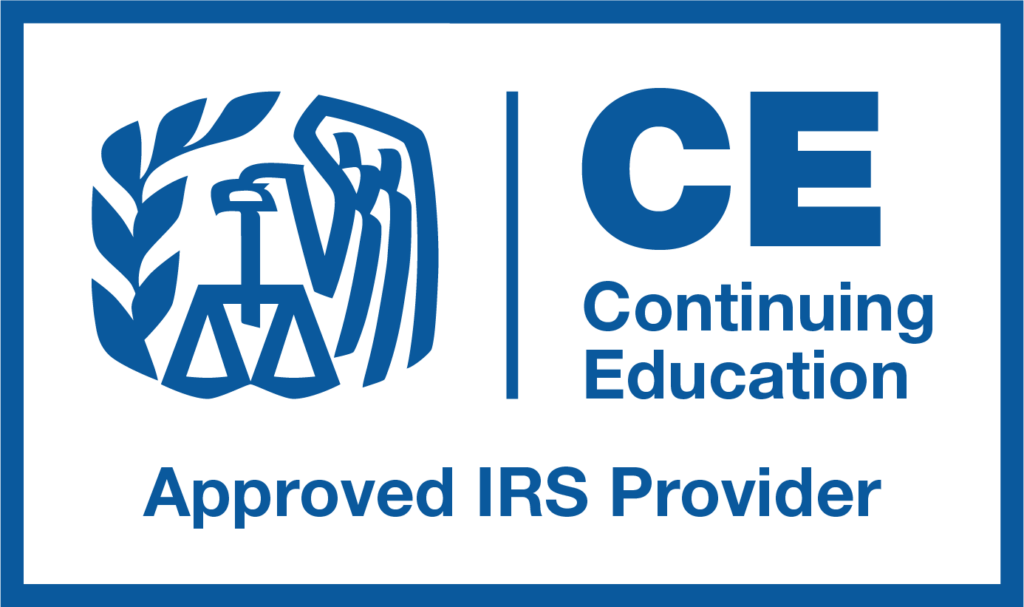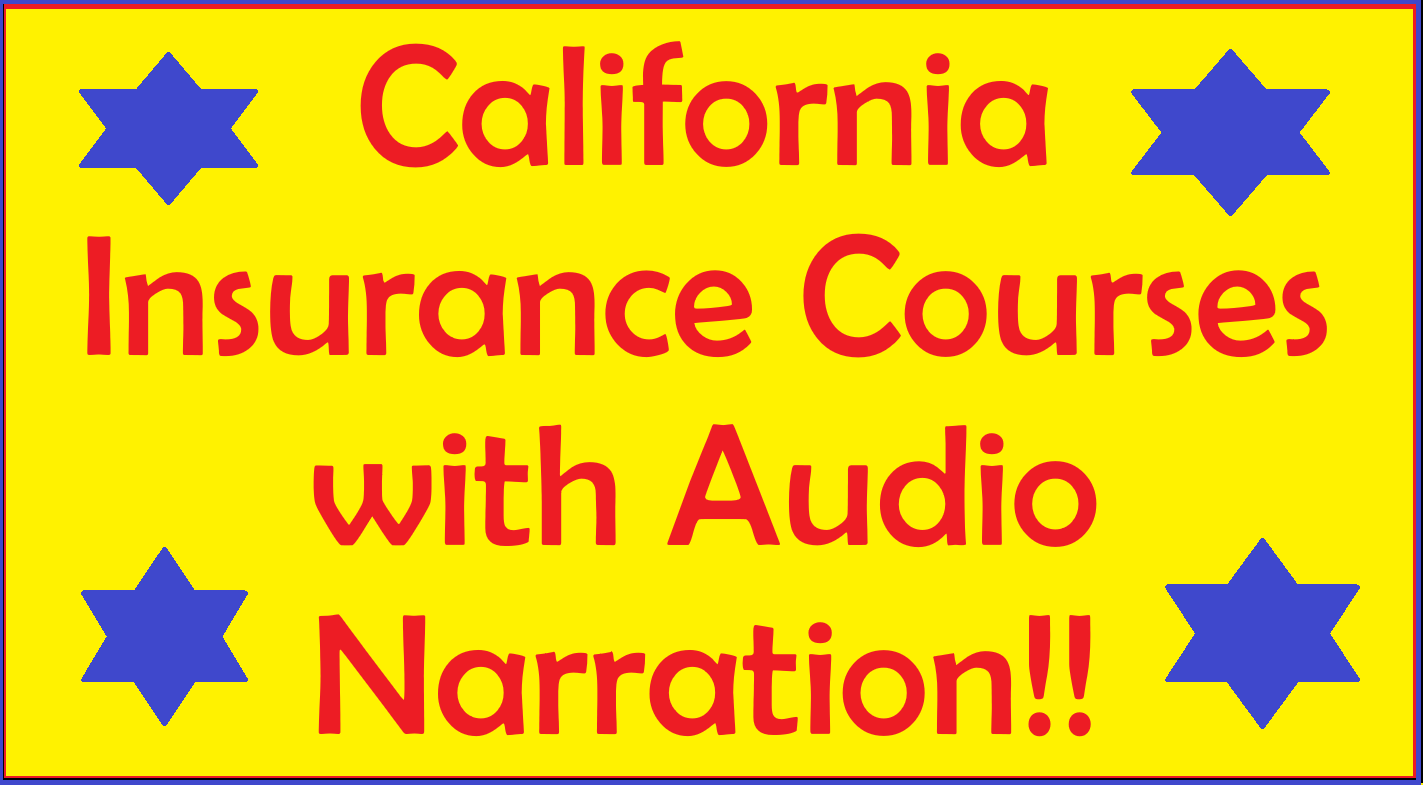
Each year the U.S. Census Bureau publishes what it refers to as nonemployer statistics that may provide information about the increased importance of the business use of taxpayers’ homes. A “nonemployer,” for purposes of the statistics, is defined as a business that has no paid employees, has annual business receipts of at least $1,000 and is subject to federal income taxes. These nonemployers may be organized as corporations, partnerships or sole proprietorships. Because they have no paid employees, nonemployers are more likely than others to operate their businesses from their homes and seek a home office tax deduction.
The data supplied on nonemployers show a generally increasing number of these businesses, from a total of 19.5 million in 2004 to 26.5 million in 2018. Although they have no paid employees, they account for significant receipts. In 2004 they produced receipts of $887 billion; by 2018, those receipts had grown to $1.3 trillion. Clearly, the likelihood that any tax return preparer will be required to prepare a taxpayer’s tax return with a home office deduction is significant and is becoming more likely each year.
This course will examine the federal income tax deduction for business use of a home and will discuss:
- Qualifying for a home office tax deduction;
- Determining a taxpayer’s home office deduction using the actual expense and simplified methods;
- The special home-office deduction rules that apply to daycare facilities;
- The taxpayer’s home-office deduction recordkeeping requirements; and
- Where to take the deduction and the forms a tax preparer must use in connection with it.
No advance preparation needed
Program Level – Basic
Program prerequisites – None
Delivery method – QAS self-study
Recommended CPE credits – 3
Recommended field of study – Taxes
Course Learning Objectives
- Apply the home-office deduction qualification rules;
- Identify the types of home office use to which the exclusive use requirement does not apply;
- Describe the various types of taxpayer expenses that may be used to support a deduction for business use of a home;
- Apply the rules applicable to the simplified method of figuring the home-office deduction;
- Identify the tax forms on which a home-office deduction should be taken; and
- Recognize the recordkeeping requirements applicable to documents supporting a taxpayer’s home-office deduction.
Copyright 2025 by Winn Publications ALL RIGHTS RESERVED. NO PART OF THIS COURSE MAY BE REPRODUCED IN ANY FORM OR BY ANY MEANS WITHOUT THE WRITTEN PERMISSION OF THE COPYRIGHT HOLDER. All materials relating to this course are copyrighted by Winn Publications. Purchase of a course includes a license for one person to use the course materials. Absent specific written permission from the copyright holder, it is not permissible to distribute files containing course materials or printed versions of course materials to individuals who have not purchased the course. It is also not permissible to make the course materials available to others over a computer network, Intranet, Internet, or any other storage, transmittal, or retrieval system. This document is designed to provide general information and is not a substitute for professional advice in specific situations. It is not intended to be, and should not be construed as, legal or accounting advice which should be provided only by professional advisers. No advance preparation needed Program Level - Basic Program prerequisites - None Delivery method - QAS self-study Recommended CPE credits - 3 Recommended field of study - Taxes




